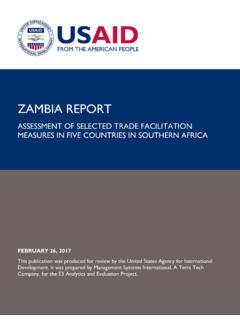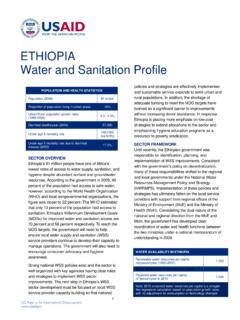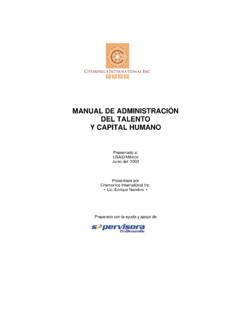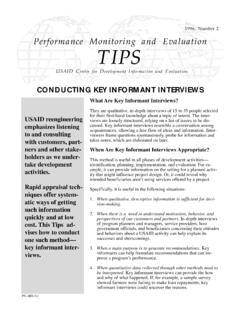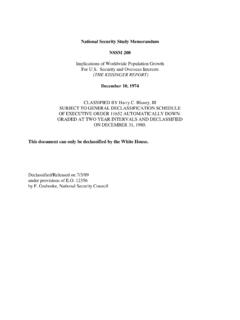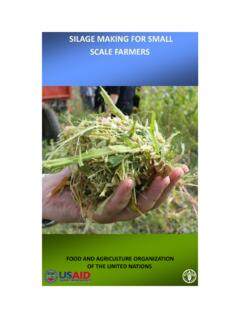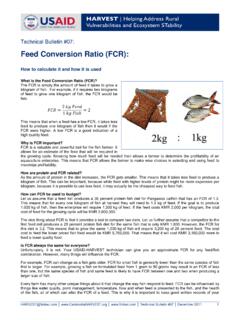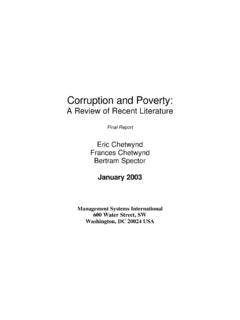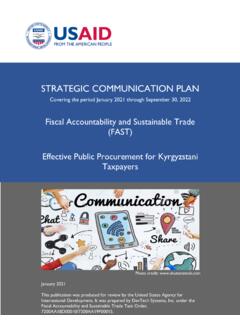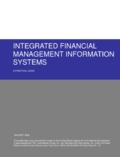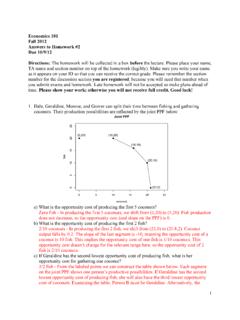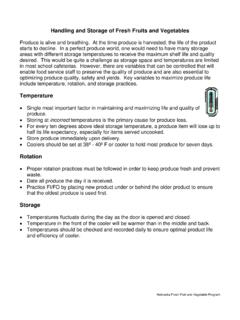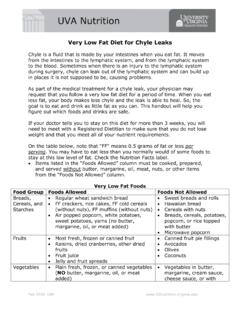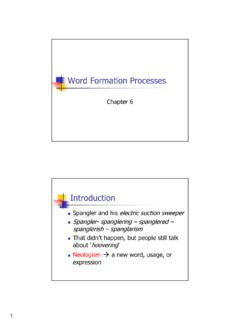Transcription of HOME MADE ANIMAL FEED CONCENTRATES - United States …
1 14 HOME MADE ANIMAL FEED CONCENTRATES FOOD AND AGRICULTURE ORGANIZATION OF THE United NATIONS GEORGIA 2 There are two major categories of feed: CONCENTRATES (grains) and roughages (pasture, hay, si-lage). Roughages are usually high in fiber. CONCENTRATES are usually high in protein or carbohy-drates. For an ANIMAL to grow normally and to gain weight efficiently, the amount that it eats in one day must contain enough energy and protein for body maintenance, growth, and production. Pasture, forbs, and browse Pasture, range, forbs, and browse are usually the primary and most economical source of nutri-ents, and in many cases, all that a cattle needs to meet its nutritional requirements.
2 Pasture is high in energy, protein, and palatability when it is in a vegetative state. However, it can have high moisture content and it can be difficult for high-producing animals to eat enough grass for maxi-mum productivity. As pasture plants mature, palatability, digestibility, and nutritive value decline, thus it is important to rotate and/or clip pastures to keep plants in a vegetative state. Forbs usually have higher di-gestibility and crude protein levels than grasses at similar stage of maturity. TYPES OF FEED AND CONCENTRATED FEED ing gestation and early lactation. The most important minerals are calcium, phosphorus, salt (NaCl), and selenium. Normally, when a well-balanced ration is fed, the only necessary supplement is salt and can be added by placing a salt block in the pasture or by providing salt in a pan or trough.
3 By-product Feeds There are numerous by-products available as a result of processing a traditional feed ingredient to generate another product. By-product feeds can often be economical sources of nutrients. The high moisture content of some by-product feeds may limit consumption of the diet result- Hay Hay is forage that has been mowed and dried for use as livestock feed. It is usually the pri-mary source of nutrients during the winter. Hay varies in quality on basis of plant species. Proper harvesting and storage is necessary to maintain nutritional quality of hay. Hay is a moderate source of protein and en-ergy. Good grass hays have energy as leg-ume hays, but legumes have 50 to 75% more protein and three times as much calcium.
4 Silage Silage is the term used for the feed produced by controlled fermentation of high moisture herbage. Silage can be made from forage or grain crops. As with fresh forage, the high-producing ANIMAL often cannot consume enough high moisture silage to meet its nutri-tional needs. For small and medium sized flocks, silage bags make silage feeding a possibility. Urea Urea is not a protein supplement, but is a source of non-protein nitrogen for protein syn-thesis by rumen bacteria. It should be used only in conjunction with high-energy feeds such as corn. Urea, which is 45 percent nitro-gen and has a crude protein equivalent of 281 percent, should not supply over one-third of the total nitrogen in a diet.
5 Vitamin and minerals supplements Producers mixing their own simple rations should use supplements that contain vitamins and minerals. These supplements can easily be combined with whole grains or by-product feeds to create a balanced concentrate ration. Complete mineral mixes are recommended when grazing low quality roughages and dur- 3 ing in poor ANIMAL performance. From the sugar beet industry come beet tops, which are used on the farm either fresh or ensiled, and dried beet pulp and beet molasses, which are produced in sugar factories. These are palat-able, high-quality sources of carbohydrates. Concentrated feeds Feed CONCENTRATES provide nutrients that forage alone cannot provide.
6 This is particularly true in the case of high-producing animals. At times CONCENTRATES are a more economical source of nutri-ents than forages. There are two types of concentrate feeds: carbonaceous and proteinaceous. Proteinaceous CONCENTRATES or "protein feeds" contain high levels of protein (>15%). Exam-ples include soybean meal, cottonseed meal, peanuts (groundnuts), flaxseed (linseed), ca-nola, cottonseed, coconuts, oil palm, and sunflower seeds. Protein quantity is generally more important than protein quality (amino acid content) in ruminant livestock because the microor-ganisms in the rumen manufacture their own body protein. Livestock do not store excess protein; it is burned as energy or eliminated (as nitrogen) by the kidneys.
7 Carbonaceous CONCENTRATES or "energy" feeds are high in total digestible nutrients, but tend to be low in protein (8-11%). They include the cereal grains -- corn, barley, wheat, oats, milo, and rye. Certain CONCENTRATES are reduced to high protein content, comprising of a combination of vegeta-ble proteins, urea, essential vitamins and minerals, rumen modifier and limestone, designed to be mixed with grain and roughage, to produce a complete ration. Such CONCENTRATES are mix 94% grain and 6% concentrate. The concentrate is not fed directly to the cattle. Many feed companies offer "complete" mixes of feed, balanced for the needs of the animals of a particular age and production class. Complete feeds should not be mixed with other grain, be-cause this may create nutritional imbalances.
8 Complete feeds tend to be significantly more expen-sive than home-made concentrate rations. These mixes are called CONCENTRATES and, because they usually have a high content of cereal grains, mixes that contain only grain are also called CONCENTRATES . WHY HOME MADE CONCENTRATES (HMC) Generally, a cow will eat from to 3 % of its body weight in feed daily. For top performance, about 70 to 80 % of this feed should be a concentrate mix and the remainder good quality rough-age. On good pasture, concentrate mix can be reduced 50 to 70 %, but more CONCENTRATES pro-duce faster gains. 4 There are many commercial concentrate mixes available. Some are high in protein for use during the first part of the feeding period.
9 Others are high in energy for use during the last part of the feeding period. You can also make your own concentrate mixes if the ingredients are available. Concentrate use can be even higher than 1:1 concentrate to milk yield Feed costs are about 70% of total operating costs for animals, so decreasing equals signifi-cant income Concentrate supplementation for lactating cows has been proved as successful by many small-holder farmers The use of local feed resources to reduce production cost should be more a primary con-cern for dairy farmers Most of farmers use home-made CONCENTRATES , plus by-products and commercial concen-trates home-made CONCENTRATES comprised of local feed resources decrease feed cost of production.
10 By adding value to the own production NUTRITIONAL NEEDS OF CATTLE Prior engaging in home making of CONCENTRATES a farmer should be aware of nutritional require-ments of their livestock. (400 kg) Head per day Unit Cows lacta-tion and after weaning Lactating cows first 1/2 of lacta-tion Dry pregnant cows 2 months before calving Heifer 1 month, 40 kg and growth 650 g/day Feed unit -- Exchange energy MJ Dry matter g Digest protein g Fat g Fiber g Sugar g Calcium g Phosphorus g Magnesium g
